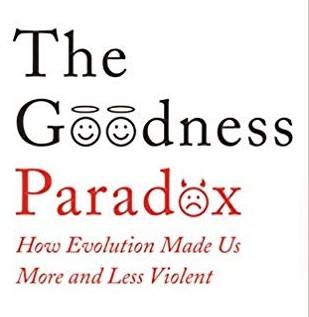“I can't, as a circuit judge, accept a plea from a person whose identity I am unable to ascertain”. These were the words of Peter Murphy to an unnamed Muslim woman from Hackney, who refused on August 23 to remove her burqa while standing trial. No fervent media comment from either side of the argument has emerged, but these are murky waters in which we're wading, and the case could be just beginning to heat up: the woman is due to reappear in court on September 12 after a break in which the legality of the request will be scrutinised.
My sole objection to Murphy's request is that judges are not exactly guiltless in the unusual headgear department. This aside, the message that all individuals, irrespective of their religion, race or gender, must be plainly and publicly identifiable when standing trial, seems self-evidently reasonable. In light of the comments made on the issue in previous years, Murphy's words come across as a breath of fresh, lucid and rational air. A woman in a burqa or a niqab – the items of clothing that obscure the majority of the face – is not identifiable, and would make as much of a mockery of an honest court hearing as would a man in a motorcycle helmet. Yes, it is unlikely that the woman in question could successfully be swapped with a stooge willing to be sentenced in her place; just as it is unlikely that a half-blind 88-year-old with no criminal record would be smuggling explosives onto a plane to Fiji. But the precautions must exist. If they did not, they would be thoroughly abused, as is the risk in this scenario.
The wearing of the niqab in court has in the past provoked much controversy, as one would fully expect. A case in 2006 necessitated the clarification of Ministry of Justice guidelines to state that judges should assume that Muslim lawyers are entitled to wear veiling clothing. (Though unstated, this seems applicable also to those on the other side of the bar.) The problem in 2006 was the audibility of the lawyer – another critical issue in a court of law and one that ought to trump all expressions of religious faith. There seems at present to exist a somewhat grey area in which “cultural sensitivity” is advocated, and the right to wear problematic clothing given greater priority than the duty to conduct a fair and transparent court case. So that the rules don't need to be constantly consulted, and cases needlessly postponed, a clear and comprehensively applicable position ought to be established: the faces of those involved in the case must be clearly visible at all times.
The trial in question involves a simple charge of intimidation but the position would need to be all the more urgently upheld if the defendant were, for example, accused of murder – and would apply regardless of the motivations behind the wearing of the headgear. It would seem like very bad practice indeed to argue that for some crimes the defendant's identity were less important than in others, or that devout believers are the only individuals who need not be visible in court. Passport photos of course do not permit the covering of the face for any reason, including religion; it seems illogical for this policy not to extend to matters of crucial legal significance, especially if the stakes are so high – as they clearly are if one has been summoned to court to stand trial. In the past week Canada's Supreme Court declared that the removal of the niqab is only permissible if “it threatens a fair trial”; “there are no alternatives”; and the “pros” outweigh the “cons”. One of the criteria used to help judges make this judgement is to be “the strength of a woman's religious convictions”, which seems to undermine the entire exercise.
The debate over whether or not Muslim women ought to be permitted to wear burqas or niqabs in public involves an entirely separate set of considerations, namely the alleged “mark of separation” Tony Blair declared the clothing to embody, and the discussion over whether or not Muslim women ought to try harder to 'integrate' into British life. That is by and large a cultural issue, one with more controversial sentiments and questionable rhetoric bubbling beneath its surface. The discussion over whether or not women are forced into wearing burqas, or whether the decision is an entirely free one, is also inapplicable here. There is irony, of course, in the argument that women ought to be forced to remove their burqas on the grounds that they are being forced to put them on in the first place. I tend to agree with Christopher Hitchens' Slate article: “we have no assurance that Muslim women put on the burqa or don the veil as a matter of their own choice. A huge amount of evidence goes the other way”. In Pakistan, four days before Peter Murphy made his statements, Muhammad Sharif cut his wife into ten pieces for refusing to cover every inch of her body. The notion that women only wear burqas entirely of their own free will is of course ludicrous. ("100 reasons why I don't wear a hijab" is very highly recommended.)
The issue up for discussion here is simply that of legal accountability and the precedence it must be granted over considerations such as religious expression. The moment the wearing of a burqa becomes an infringement upon the rights of others is the moment it ought to be impermissible. This would be the case if the clothing were worn whilst driving a car, for example, or while teaching small children. A court of law ought to be added to this list, relying as it does upon the confident identification of those integral to the case. I would be both surprised and disappointed if the legal authorities backed down in this instance.

